Growing tomatoes in the winter on a windowsill at home from seeds and stepsons
In any season, you can buy fresh vegetables and fruits in the store, but their taste does not always correspond to the high price. You can grow greens, cucumbers and tomatoes on the windowsill in winter, even novice gardeners can do this task quite well. Do not tackle difficult tasks at once, start with a few bushes of the same low and most hardy variety. When you gain experience, you can twine the room with long vines with colorful fruits.
The easiest way
If you have never worked with the land, then preparing seeds, watching young shoots like a small child will be too tiring, and you will have to wait a very long time for tasty fruits. At the thought of growing and picking seedlings, lighting, problems with pollination, one gives up. Therefore, green onions, dill and parsley many families grow on windowsills, and few plant vegetables. If you are afraid of difficulties, there is a simpler and faster method.
In August or September, cut off the stepchildren from the part of the tomato bush where the fruit clusters already exist. Choose a plant with medium-sized fruits. Dip the cut in water, you can add a root formation stimulator to the liquid. When roots begin to appear, plant the shoots in boxes or pots of fertile soil. You need to take care of such plantings as for adult plants, a bush from a shoot will develop quickly, and you will soon enjoy delicious tomatoes.
Since different varieties have been bred for open ground and indoor cultivation, you will not get a rich harvest from your stepson. This method is good for beginners: the first winter you will learn how to care for adult bushes, the next season you will master growing from seeds. If there is no summer cottage, you can plant tomatoes in the room or on the balcony during the warmer months. Then you do not have to buy vegetables pumped up with chemistry, your garden will supply seven vitamins all year round.
Make no mistake when choosing a variety
When growing tomatoes indoors, difficulties arise that are unfamiliar to summer residents who work only with open ground or greenhouses. Breeders take these features into account when breeding indoor varieties. A novice gardener may not pay attention to whether there is an inscription on the package that tomatoes can be grown indoors or on the balcony.
If you take plants intended only for outdoor use, various problems can arise:
- a powerful root system requires a large amount of land;
- a tall, heavy bush can overturn the pot;
- there are no pollinating insects in the room.
For growing in a room, it is advisable to choose dwarf varieties or standard hybrids. They are compact and do not take up much space. If necessary, the pot can be easily transferred to another window.
Experts recommend the best varieties for breeding on the windowsill:
- "Dubok";
- "Pygmy";
- "Balcony Miracle";
- Bonsai;
- "Little Red Riding Hood";
- "Room surprise";
- "Leopold".
You can buy the most suitable varieties for home growing, but the seeds may not resemble, and all the work will be in vain. To prevent empty boxes with single weak sprouts from spoiling the mood, check the quality of the seed in advance. You can wrap 10 seeds from each bag in a damp cloth and keep them warm for several hours. See how many seeds have swollen and are ready to release roots - you will get so many plants from a dozen seeds.
Good soil is important for the harvest
For growing tomatoes at home, you can purchase special soil or seedling soil. It is believed that the land is supplied for sale completely ready for filling in boxes. You can take the manufacturers' word for it, but it's best not to risk it. Go through all the soil, knead the dense lumps, see if there are large fertilizer granules in the ground. Only when the whole mass becomes fine, crumbly and homogeneous, can it be used for planting and growing any crops.
To grow strong bushes, you can prepare the soil yourself. Take 5 parts each of garden soil and rotted compost, 2 parts sand and 1 part peat. For each bucket of mixture, add a handful of ash and a matchbox urea and potassium sulfate.
In any land, harmful microorganisms, fungi, insect larvae live. Both your own and purchased soil must be calcined in the oven to destroy the infection. Be sure to also disinfect containers, tools and gloves.
Before placing soil in pots and boxes, make sure that the drainage holes of the containers allow moisture to pass through. Pour a layer of gravel at the bottom, then backfill with soil. It is better not to tamp the soil with your hands or special tools - you will not be able to calculate the effort correctly. Pour water over the earth, and it will fall as it should. There are techniques for growing vegetables in a small amount of soil or in a single nutrient solution. You can try the hydroponic method, but tomatoes will absorb a lot of fertilizer. Healthy products can only be obtained from natural soil.
How to sow seeds correctly?
In rare cases, it is possible to keep the tomatoes collected at the dacha fresh until the New Year. From late December until summer, tomatoes can only be purchased in the store. If you need fruit for the winter, plant the seeds in 2 stages: early October and late November. When the first plantings complete fruiting, the second batch of bushes will grow up. If you want to harvest from the windowsill all year round, add 2 more crops: in February and at the end of March.
If you have not tested the seeds for germination, before sowing, dissolve a tablespoon of salt in a glass of water and drop the seeds into the liquid. Drowned specimens can be sown, but floating ones are not suitable for this purpose. So that the seedlings are strong and do not hurt, put the seed in a weak solution of potassium permanganate for 20 minutes, and then treat it with a growth stimulant. After that, you can wrap the grains in a damp cloth and leave in a warm place until they are pecked.
Seedlings do not like crowding. Sow the grains at least 2 cm apart. After sowing, sprinkle the seeds with a layer of soil 2 cm thick, tamp lightly and cover with foil. Before emergence, keep the planting at a temperature of about + 23⁰ C, it is advisable that the bottom of the boxes is also heated. In about a week, cotyledon leaves will appear, and young plants will need different conditions.
Advice
It is convenient to grow seedlings in a special greenhouse for the windowsill. When choosing a model, give preference to a design in which bottom heating is provided.
Care of young plantings
When the shoots appear, the temperature should be reduced to + 20⁰ C. If the room is cool, leave them under the plastic, but remember to ventilate them daily. During this period, the greatest danger is blackleg, which can destroy all plants in a few days. The causative agent of the disease likes high humidity, low temperatures and stagnant air. Provide your pets with the right conditions and good care so that the fungus does not start in your home garden.
Plants need light, but the bright sun can burn the leaves. On a clear day, shade them with tulle or a paper screen. Do not let the soil dry out, but do not water too often and abundantly. The soil surface should always be slightly moist, then the root system will be comfortable and the fungus will not settle on the plantings.
Advice
Chlorine is harmful to tomatoes, so it is better to use rain or melt water for irrigation. If you take liquid from the water supply, let it sit for about a week.
When the second true leaf appears, the seedlings can be fed with trace elements. Dilute the solution to half the concentration recommended by the instructions, and water the plantings. The work must be carried out in cloudy weather or temporarily move the boxes to the north window. It is undesirable to pour the nutrient composition onto dry soil - water the plants, and after a couple of hours, feed.
How to grow strong seedlings?
Dive seedlings needed when the third true leaf develops. Take 200 ml plastic cups and allocate a separate container for each bush. It is better not to use peat pots: in a warm room, they either dry out or crack from moisture. Transparent vessels are also undesirable: in the light, an earthen lump will grow moss on all sides.
It is not necessary to water the plantings with nutrient solutions for the first three weeks. The injured root system should take root and start working at full strength. After that, feed the seedlings with complex fertilizer, which includes manganese, twice a month. Pour the nutrient solutions gently around the stem to avoid splashing onto the green parts of the plant.
When the roots fill the entire volume of the glass, a transplant will be required to a permanent place. Containers and pots for them should be at least 3 liters in volume, and for tall varieties, 5 liters may not be enough. Water the soil well the day before transplanting so that the moisture saturates the soil well overnight. It is easier to extract the root system from wet soil without damaging the processes.
Adult plant care
Too dense greenery is harmful to tomatoes even in open beds, and this rule is especially important on a windowsill in a small volume of soil. If growing tall bushes, keep only one strongest stem. Medium-sized varieties can be allowed to grow in 2 trunks; dwarf tomatoes do not need shaping. During cut off stepsons and remove the lower leaves - these processes are not useful, and they require a lot of nutrients.
In winter, the daylight hours are too short, because of this, the bushes grow elongated, they do not tie fruits well. It is not difficult to solve this problem: install fluorescent lamps above the plantings and turn them on in the morning and evening. Tomatoes grow and develop best if the daylight hours lasts from 7 to 19 hours. For growing in a room or in a winter greenhouse, it is recommended to use self-pollinated varieties, but if you help the tomatoes, the fruits will begin to set more actively. You can "tickle" the flowers with a soft brush, or you can gently shake each bush.
With a limited amount of soil, plants constantly require feeding. Apply compound fertilizers twice a month. When choosing a composition, keep in mind that plants need nitrogen for the active development of green mass. When the fruits begin to set and pour, nitrates need to be limited, but more potassium should be added. Foliar feeding will not harm adult plants either, but young seedlings can be poured with solutions only under the root so that drops do not fall on the leaves.
In a small amount of land, tomatoes will not be able to develop all the fruits that have formed on them. When the ovaries appear, leave no more than 5 of the strongest brushes on the bush, and cut off the top and other fruit shoots. As soon as the tomatoes on the window start to turn pink, pick them and place them in a wooden box to ripen. In this case, the plant will have more strength for the development of other fruits.
Problems when growing tomatoes on a windowsill
Watch your pets carefully and they will inform you if there are any problems. Sometimes an inexperienced gardener himself creates discomfort for the plants. Tomatoes grow well at a daytime temperature of about + 22⁰ C and a night temperature of + 17⁰ C.A thermometer in the middle of the room can show just such values, but on the window, either the sun's rays heats the bush, or the battery lets up hot air currents. Yellow twisted leaves show that the tomatoes are hot, and a bluish tint occurs when there is a sharp temperature drop from the wind from an open window or cold jets of air from unsealed window cracks.
Tomatoes can wither away from illiterate watering. It is useless to often moisten the topsoil, because the roots take water from the depths. Water the plantings about once every 5 days, but generously so that the liquid appears in the pan.
The wrong composition of fertilizers also immediately affects the appearance of the plants.
- With a lack of nitrogen, the lower leaves turn yellow, and with a calcium deficiency, the upper leaves.
- Wrinkled leaves indicate that you have overfed the plantings with calcium and this element prevents them from absorbing potassium.
- The leaves become thick and tough when the plant lacks sulfur.
- A yellow border around the edges of the leaf indicates a lack of magnesium.
If pests have attacked the plantings, look for traces of their vital activity, eggs, larvae and adults in the most secluded places, most often on the underside of the leaves. Noticing insects, treat the bushes with insecticides or folk remedies: infusion of garlic, tobacco, soapy water. If there are no signs of the appearance of parasites, but the plant differs from the rest of the specimens in growth, shape, color, if spots or other damage are visible on its parts, the infection is most likely to blame. Destroy damaged specimens or take them to another room - quarantine them and try to cure them in isolation from a healthy mass. Treat the rest of the plantings with a disinfectant solution.
It happens that a person does everything right, but tomatoes still grow very poorly. In this case, consider in what mood you approach the plants. If work is a burden, you force yourself to feed and water the plantings by force, it is better to give up this activity, there is no point in it. Plants are living organisms, they react to the emotions of the owner. Do not work with tomatoes after a quarrel or an unpleasant conversation: all the negativity will go to planting. Better take a walk in the fresh air, put your thoughts in order. Approaching the windowsill with plants, smile, talk affectionately with your green friends, and they will gladly please you with a rich harvest.
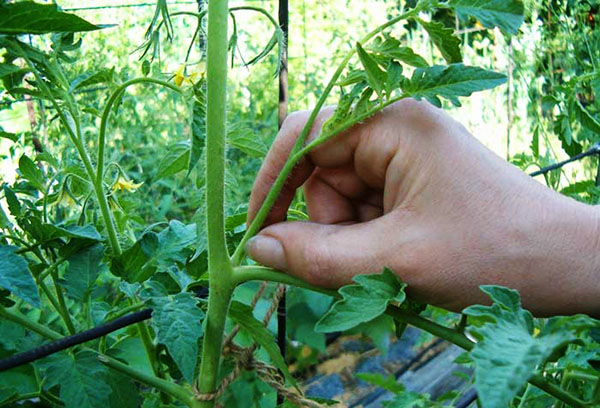
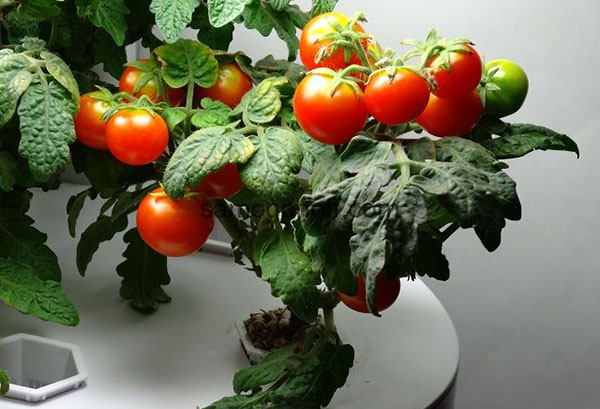
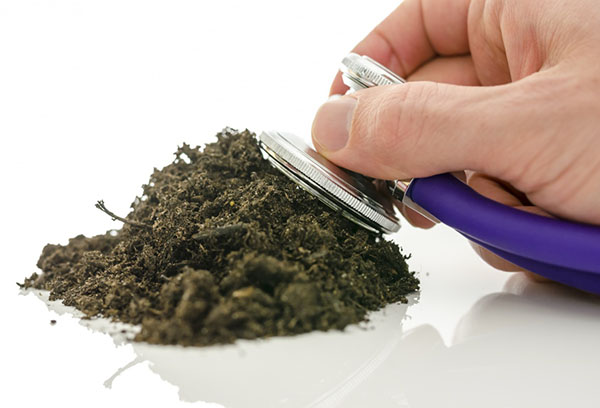
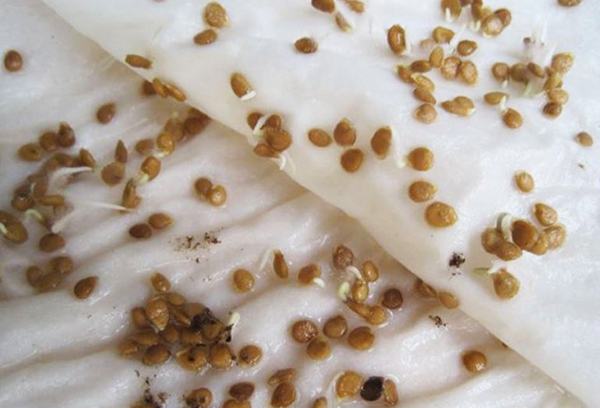

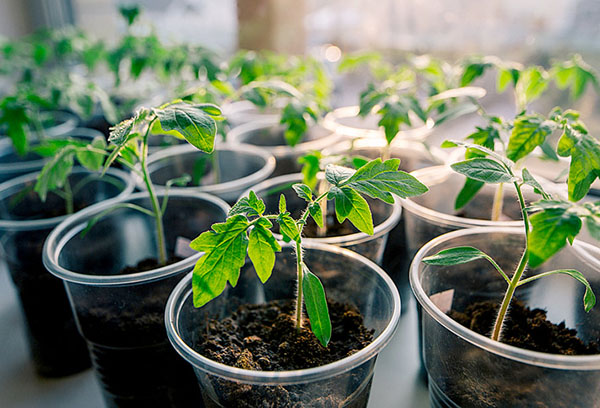
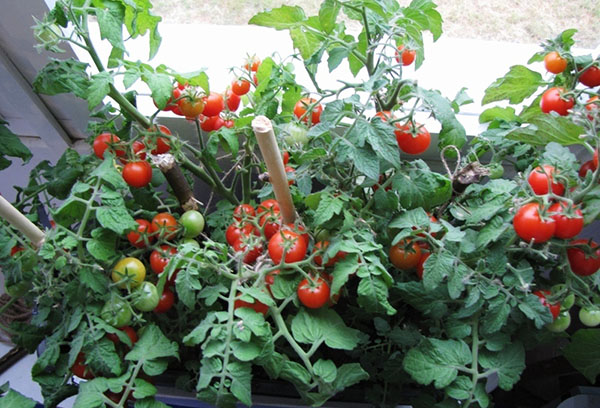
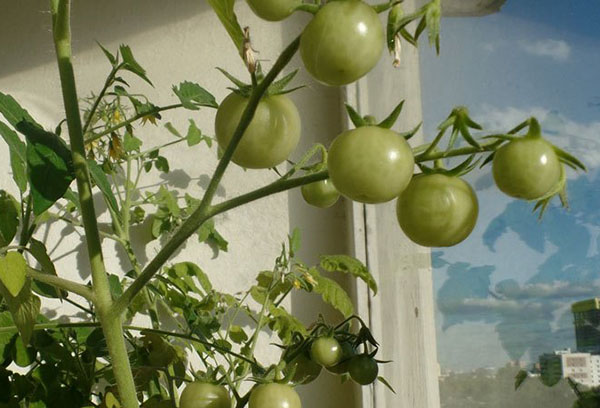
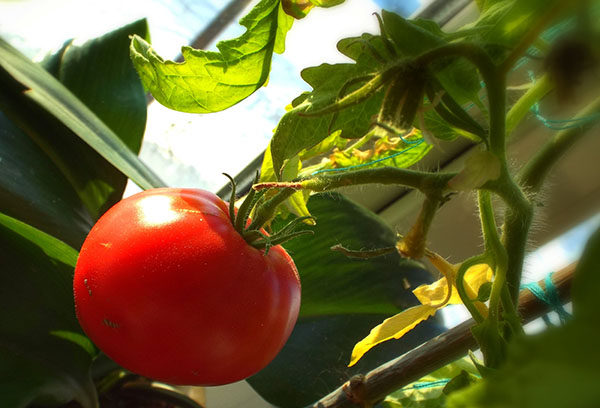
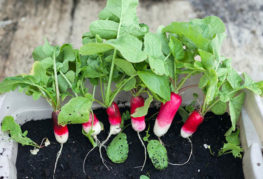
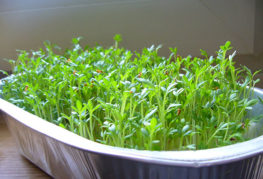
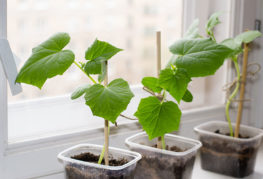
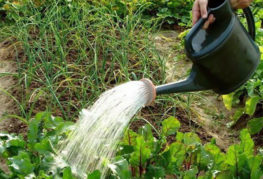
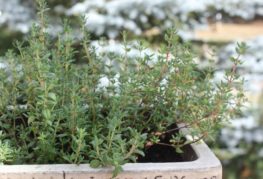
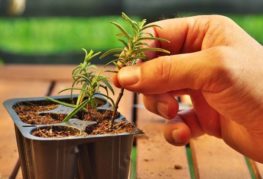
and will be published shortly.